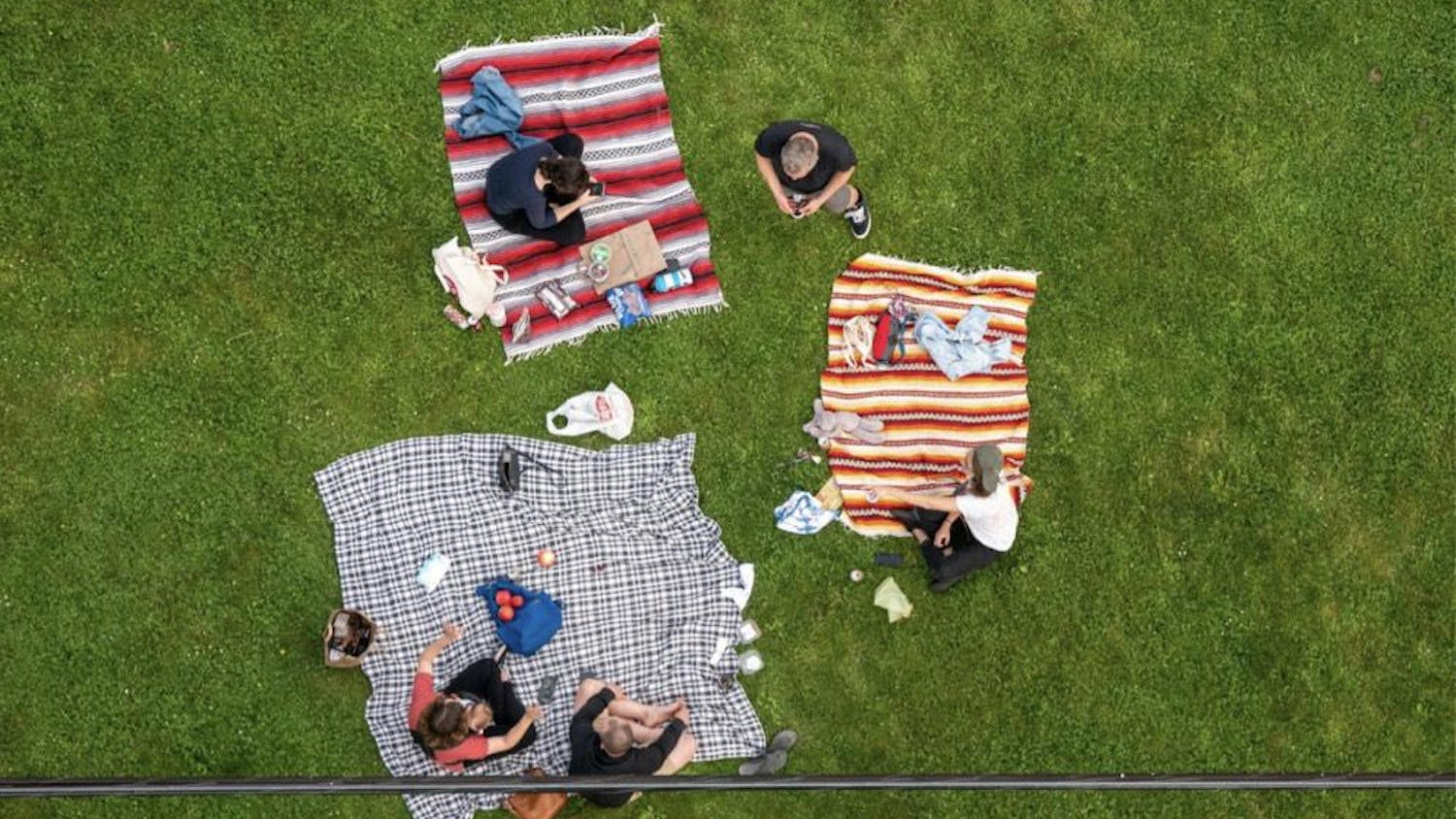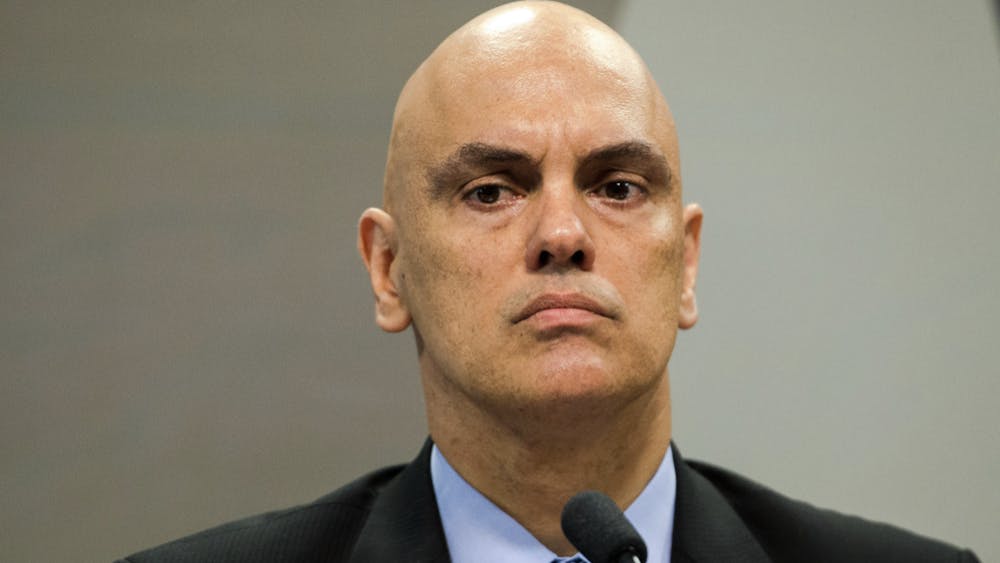Where are the black Catholic students at Notre Dame? I find myself asking this question often. I myself am an African American Catholic and I understand the challenge. But, as a member of the committee that has been for the last three years helping the University to celebrate Black Catholic History Month, it can be profoundly frustrating when so few Catholic students of African descent show up to programming.In the United States, Catholicism is associated with whiteness. It’s mostly an accident of history. On the continent of Africa and in Central and Latin Americas, African Catholicism seems normal and not anomalous. In the United States, most white slaveholders were Protestant and passed on to their captives some distorted version of religion. So African Americans refashioned and reimagined Protestant Christianity in the image of a black God who valued their fundamental goodness.Yet, there were always black Catholics in the United States and we currently count more than three million. African believers appear in the biblical stories, in Catholicism’s early history and in the Americas long before 1619, the year associated with the beginning of the chattel enslavement of Africans. Juan Las Canaries, who travelled with Christopher Columbus in 1492 was likely an African Catholic. The city of Saint Augustine, Florida was established in 1565 was both Spanish and African. But as proud as I am, I tire of justifying to others why it is reasonable for me to be Catholic.I still wonder where the black Catholic students are. Did you know that of the 150 first year students who identified themselves to Admissions as black/African, 72 also identified as Catholic? And only nine of those black Catholics are also international students. That doesn’t even count sophomores, upperclassmen and graduate students. At a university in which the Catholic intellectual tradition and Catholic religious culture is so central to its identity, you’d think this unique population would be celebrated and supported. You’d think that ND would be a place where the most promising young black Catholics received such strong social, intellectual and spiritual support that they would leave this place poised to be leaders in all of the many social milieus that they represent. Nevertheless, it seems to me like black Catholic students are both invisible and hidden.Invisible because in concrete, pragmatic terms Catholicism at Notre Dame is presented as a white religion as if the rest of us are just visitors, at best. As if we are not real inheritors and agents of a universal, international religious family, but instead guests who should be happy just to be here. But that dog won’t hunt anymore; hospitality has its limits and I am not a guest. As Sister Thea Bowman once preached to all the American Catholic bishops, “I come to my Church fully functioning. That doesn’t frighten you, does it?”Hidden because I think black Catholic students intentionally keep a low profile. I think many of them may not even attend Sunday Eucharist. I would guess that some struggle with knowing how to integrate their black and Catholic identities in ways that allows them to feel at home in this Catholic institution. Personal integration can be challenging for every college student, so being a person of color in a predominantly white institution would only further complicate the journey. There are some experiences in black life that need the benefit of the complex, dense, multivalent poetry of black religion. Black religion does not equal Protestantism. To not integrate black life into a Catholic framework can leave black Catholics feeling disjointed, rootless, homeless.Is there one chapel on our campus where the religious imagery and cultural expression isn’t dominated by whiteness? Perhaps the new Saint Martin De Porres Chapel in Baumer Hall, named for a mixed race Afro-Peruvian Dominican brother might represent a paradigm shift. But I tell you, when I walk into the Basilica of the Sacred Heart I am clearly reminded of who belongs and who does not. Even the angels — who actually have no form — are white. Notre Dame continues to fail at grappling with how whiteness (the color and the various cultures it represents) is deified in the Western tradition. As reasonable as it may be for any people to imagine the central sacred persons of their religion in their image, Christianity is incarnational and historical. In other words, Jesus was not white. Neither was Mary, our mother and patron, or any of the first century Palestinian followers in the Bible. So a religious and liturgical experience that draws from other sacred cultural matrices should not be surprising or peculiar to Catholics that claim to be members of a universal ecclesial tradition.Here are my words of advice and hope to my younger black Catholic sisters and brothers: Come out of the shadows! Make yourselves visible and known. For example, show up Sunday night at 9:30 p.m. for the next Black Catholic History Month Mass in Lyons Hall. Be present at programming that highlights your uniqueness. Bring other black and non-black students with you. Demonstrate to them what Catholic can and could mean for all of us. To bring blackness to bear upon our theological and liturgical imaginations as Catholics is to combat the ongoing and deadly sin of racism, proclaiming that black lives do, in fact, matter to the God of Jesus Christ. Mary is our mother and Jesus is our savior and our brother. And as far as I am concerned, that makes them both black and beautiful.
Eric T. Styles
Rector, Carroll Hall
Nov. 14













